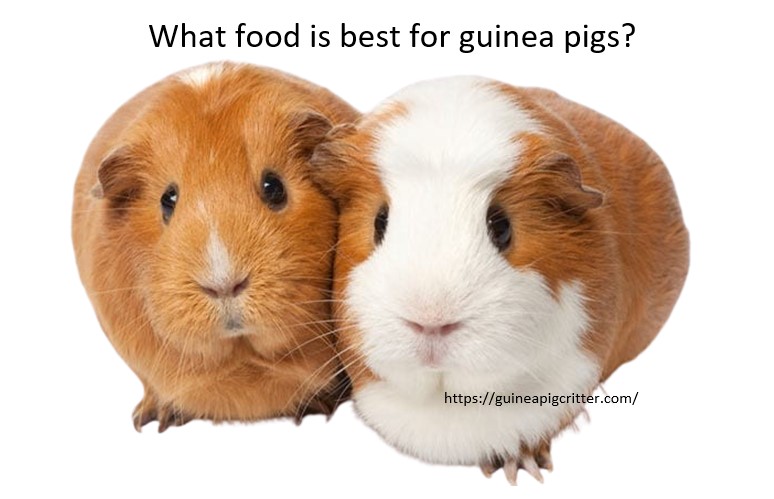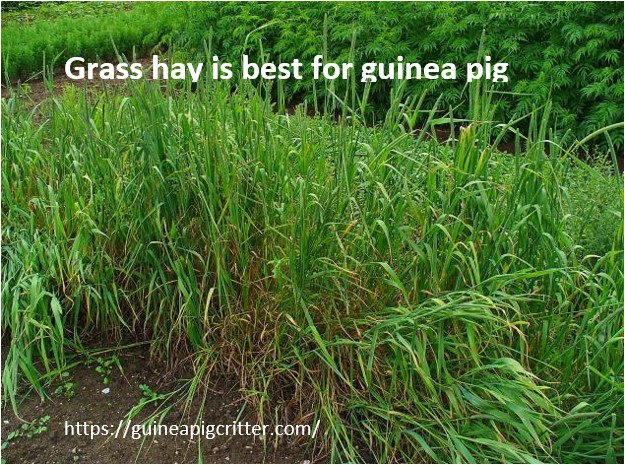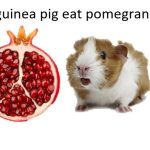Guinea pigs have to be one of the most adorable animals on earth, and since they are social in nature, they thrive on a good diet. When it comes to feeding your guinea pig, it is understandable that you want the perfect balance of food that keeps it healthy and happy. There are many options available, but an essential cornerstone in every guinea pig’s diet is hay and it stands unrivalled.
Guinea pigs’ hay is not just a typical food, but a staple and one of the most important aspects of its life. If you have been wondering why hay is so important, which ones are most appropriate, and what quantity should a guinea pig be fed, this guide is meant for you.
For what purpose is hay important in the health of guinea pigs?
Each of guinea pigs differ from one another, but their health is crucial because it has so many vital parts, and hay makes sure of all of it. Let’s look at why hay is the most crucial part of a guinea pigs’ nutrition.
check this:- is guinea pigs eat chapati?
Maintaining gastrointestinal health
Guinea pigs need a constant supply of fiber in order to efficiently carry out an animal’s multi functional digestive system. Relatively to other pets, guinea pigs cannot afford to be stationary when feeding. Somalia guarantees that the food forage is of high fiber content to prevent vertical flow into ghastly consequences like constipation, bowel inflammation, and anterointernal glosses.
Aids in cavity prevention
The teeth of guinea pigs grow nonstop throughout their life. If these teeth do not receive proper wear, they can cause great discomfort while eating due to overgrowth. To help keep their teeth in check, guinea pigs must chew on hay which helps with eliminating dental issues and enhancing comfort.
Enhances natural activity and thinking processes
Prey such as guinea pigs forage for food in terms of grass and vegetables. By providing unlimited hay, they will not run out of sustenance and will always stay occupied, reducing the chances of stress while also enhancing their comfort. They are just as susceptible to mental health issues as physical illness.
Achieves balance with diet
Unlike other foods such as pellets filled with calories, hay is low in calories. Because of its high fiber content, guinea pigs can indulge in hay without concern for becoming obese. Having a diet abundant in hay promotes wellness while reducing weight.
Allows for proper food intake in soft form
Hay is a great source of hydration because it contains moisture. It is important to provide water to the animals at all times, but hay will assist in hydration and digestion.
Best types of hay for guinea pigs
There are different types of hay, none are the same. Each type of hay offers different benefits in terms of nutrition. Here is a summary of the best choices for your guinea pig:
Timothy hay (best for adult guinea pigs)
Timothy hay is the gold standard for guinea pigs. It is rich in fiber, low in calcium, and packed with essential nutrients. It comes in three different cuts:
First cut: high in fiber, rough texture, excellent for dental health.
Second cut: softer with a balanced nutritional profile, preferred by most guinea pigs.
Third cut: softest, leafy, lower in fiber, suitable for picky eaters.
Orchard grass (a great alternative to timothy hay)
Orchard grass is soft, sweet-smelling, and a good alternative for guinea pigs with timothy hay allergies. It provides fiber and promotes digestive health.
Meadow hay (a natural blend)
Meadow hay is a mix of different grasses and flowers, offering variety in taste and texture. It provides natural enrichment but should be supplemented with a primary hay like timothy hay.
Alfalfa hay (only for young, pregnant, or nursing guinea pigs)
Alfalfa hay is high in calcium and protein, making it suitable for young, pregnant, or nursing guinea pigs. However, it should not be given regularly to adult guinea pigs, as excessive calcium can lead to bladder stones.
Other hay varieties
Bermuda hay: its soft texture does allow for a variation.
Oat hay: its fibrous content makes it crunchy, but like all things, moderation is key.
Choosing high-quality hay
Not all hay available in stores is of high quality. Bad quality hay can be dusty, have melds, or lack vital nutrients. Here’s a guide on how to select the most optimal oat hay for your guinea pigs:
Look for freshness: high quality hay should be free to excessive dust, green, and fragrant.
Avoid mold or mildew: any signs of dampness or melding can be very harmful, so this category of hay should be thrown away.
Soft texture & check composition: you can cover your guinea pig’s preferences. Some may prefer soft hay while others may rejoice if it is procured in equally fibrous composition.
Use reliable sources: purchase hay from well-known reputable brands or straight from a farm.

How much hay is optimal for guinea pigs?
The simple answer is unlimited hay. Fresh hay access needs to be provided to-do them at all times. They need about 80-90% of the fresh hay during the all nervous. Here are some suggestions on ot wonder when they are getting enough:
- Try and keep topping them with fresh hay.
- Use a hay feeder to introduce some cleanliness.
- Motivate them to eat by mixing different types of hay.
- Regularly change the hay to keep it clean and fresh.
Most important points when hay is fed
Even the best of guinea pig owners are bound to make mistakes while feeding their pets hay. Here are some common errors to avoid doing:
Providing too little hay – without hay being provided at all times, the health of guinea pigs can decline significantly.
Feeding pellet diet – pellets are supposed to be a supplement and not a replacement for hay.
Hay that is dusty or moody – before feeding, always assess the hay for quality.
Adult guinea pigs using alfalfa – alfalfa isn’t suitable for adult guinea pigs because of its high calcium content and should be avoided.
See this post:-Can guinea pigs eat radish leaves?
FAQs
What is the recommended amount of hay for guinea pigs in a day?
Answer: to gerbils, as long as they are not eating it causes no harm, and so they should be on constant standby in the cage. At the same time, hay is the ideal food, constituting 80 to 90 percent of their meals while allowing for good processes to occur in the stomach and mouth. Gerbils get hay so often, so it shouldn’t just be placed within their enclosures and have to be stored alongside the other foods so that animals can be fed on request.
Can i give my guinea pig just pellets and no hay at all?
Answer: certainly not, as their diet should only be an addition, not a substitute. The food portions containing fiber necessary in sufficiency for a good condition of the digestive tract and the continuously growing fangs for balance.
What can i do if my guinea pig does not want to consume hay?
Answer: if your guinea pig is not eating their hay, you should try:
Eclectic choices: try giving hay types of different kinds, which include timothy, orchard, and meadow.
Fresh vegetables should be added to the serving of hay, slowly blending it with their vegetables.
Make sure to inspect the hay for freshness and dust.
Make certain that they are not being overfed on pellets or treats.
If it persists, please see a vet because a dental or digestive problem could be a reason.
Is it possible for guinea pigs to consume alfalfa hay on a daily basis
Answer: no, adult guinea pigs are prone to developing bladder stones due to the excessive calcium content in alfalfa hay. Thus it is only good for young, pregnant, or nursing guinea pigs. However, adult guinea pigs thrive on timothy hay.
Conclusion
When changing the diet of a guinea pig, hay should always be the primary consideration. This is to ensure proper digestion, bone and tooth development, and overall good health. To keep the guinea pig healthy for many years, replenishing them with endless amounts of high quality hay will always do the trick and keep them happy.
Picking the correct hay type and making sure that it stays fresh all the time gives your guinea pig the best chance for a long and happy life. So next time you are buying supplements for the piggy, remember: hay is what makes a happy piggy.


